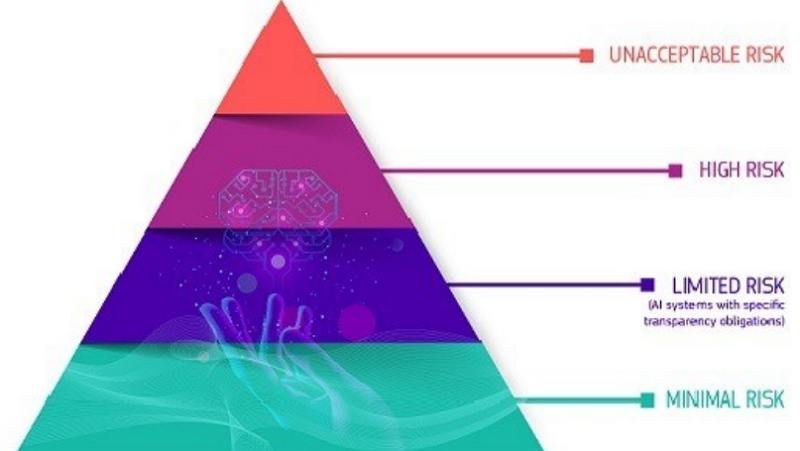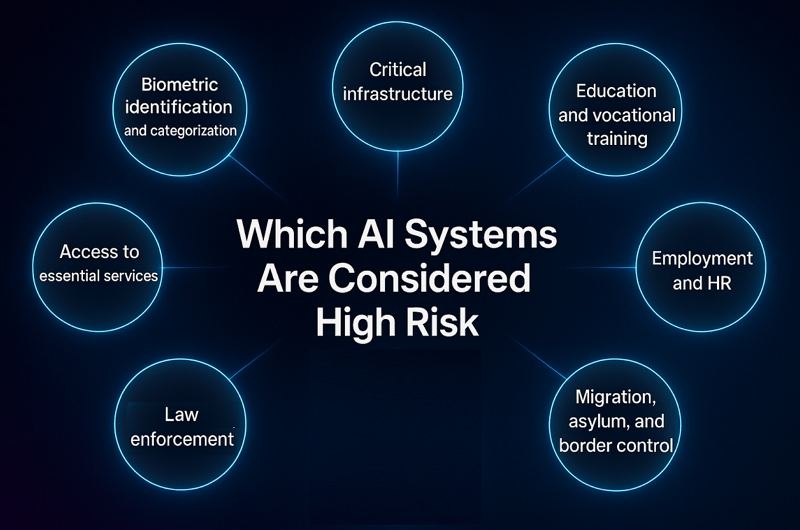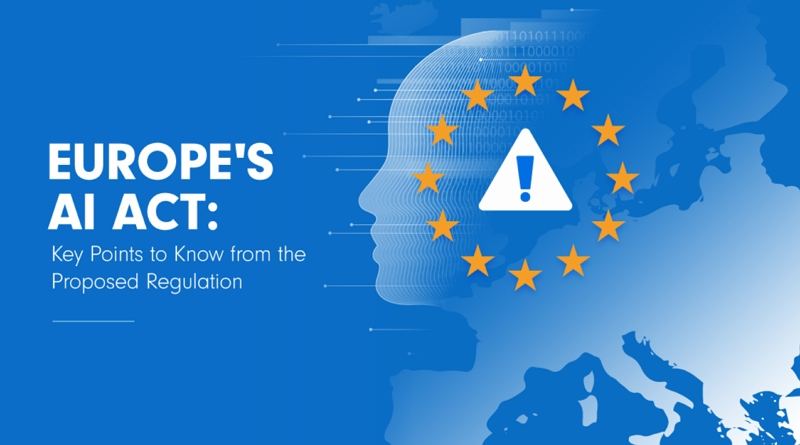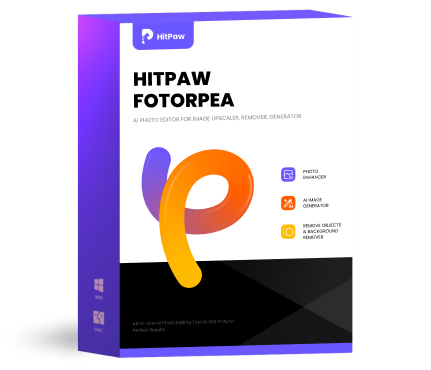What Are the EU AI Act Requirements for High-Risk AI Systems?
The European Union (EU) has introduced the AI Act, a groundbreaking legislative framework aimed at regulating artificial intelligence technologies to ensure their safety, fairness, and accountability. Among the many provisions in this act, high-risk AI systems are subject to the strictest requirements due to their potential impact on people's rights, safety, and livelihoods.
This article will explore the key requirements for high-risk AI systems under the EU AI Act, helping developers, companies, and users better understand how to comply with the regulation and develop AI responsibly.
Part 1. What Is the EU AI Act?
The EU AI Act is the world's first comprehensive legal framework specifically targeting artificial intelligence systems. Proposed by the European Commission in April 2021 and formally adopted in 2024, the act is part of the EU's broader digital strategy to foster trustworthy and human-centric AI innovation.
The act classifies AI systems into four risk categories:
- Unacceptable risk (banned)
- High risk (strictly regulated)
- Limited risk (subject to transparency requirements)
- Minimal risk (mostly unregulated)

Part 2. Which AI Systems Are Considered High Risk?
High-risk AI systems are those that pose a significant threat to the health, safety, or fundamental rights of individuals. According to the AI Act, these systems include:
- Biometric identification and categorization (e.g., facial recognition)
- Critical infrastructure (e.g., transport or energy systems)
- Education and vocational training (e.g., AI for grading)
- Employment and HR (e.g., AI used in recruitment)
- Law enforcement (e.g., AI used in predicting criminal behavior)
- Migration, asylum, and border control
- Access to essential services (e.g., credit scoring, healthcare)

Part 3. Key Requirements for High-Risk AI Systems Under the EU AI Act
To ensure safety and compliance, the EU AI Act imposes a set of legal, technical, and organizational obligations on providers and users of high-risk AI systems.

1. Risk Management and Impact Assessment
All high-risk AI systems must implement a comprehensive risk management system throughout their lifecycle. This includes identifying, analyzing, and mitigating risks associated with system failure, bias, or misuse.
- Continuous risk monitoring and testing
- Documentation of risk assessments
- Safeguards to address foreseeable misuse
2. Data Governance and Quality
High-risk AI systems must be trained, validated, and tested using high-quality datasets to minimize bias and ensure reliability.
- Datasets must be relevant, representative, and free of errors
- Measures to detect and reduce bias must be in place
- Appropriate data preprocessing methods should be applied
3. Technical Documentation and Record-Keeping
Developers must maintain detailed technical documentation and logs that enable authorities to assess compliance.
- System architecture and algorithms
- Training data and model design
- Performance metrics and testing results
4. Transparency and Information to Users
End-users of high-risk AI systems must be provided with clear and concise instructions on how to use the system safely and effectively.
- Information about system capabilities and limitations
- Proper use instructions and precautions
- Clear disclosures about the AI's role in decision-making
5. Human Oversight
High-risk AI systems must include human oversight mechanisms to reduce the risk of harm and ensure accountability.
- Design features that allow humans to override or interrupt operations
- Guidelines for intervention in case of system errors
- Training for human operators on supervision and control
6. Robustness, Accuracy, and Cybersecurity
The EU requires all high-risk AI systems to be technically robust and secure.
- Resistance to errors and adversarial attacks
- Regular testing under real-world conditions
- Strong cybersecurity and resilience measures
Part 4. What Happens if You Fail to Comply?
Non-compliance with the EU AI Act can lead to severe financial and legal consequences. Penalties for breaches may reach up to €30 million or 6% of global annual turnover, whichever is higher, particularly for companies deploying AI in high-risk areas.
Bonus Recommendation: Enhance AI Video Projects with HitPaw VikPea
If you work with AI-enhanced video systems or need to improve the visual quality of your footage for training or testing purposes, we recommend HitPaw VikPea. With HitPaw VikPea, your visual AI content will meet both aesthetic and technical standards, making it easier to develop compliant, high-quality systems under the EU AI Act.
- Boost video quality up to 4K with cutting-edge AI models.
- Repair blurry, old, or low-resolution footage automatically.
- Save time by enhancing multiple videos at once.
- No technical expertise required, perfect for creators and AI developers.
Step 1:Download and launch HitPaw VikPea on your computer. Click "Choose File" to import your the video you want to enhance.

Step 2:Select AI Model to enhance videos based on your needs. For example, Face Model is specifically designed to sharpen and deblur close up portraits.

Step 3:Click "Preview" to process a short segment with the selected AI model. Use the split screen view to compare before and after results. If satisfied, press "Export", select your desired output format and quality settings, then click "Start".

Final Thoughts: Prepare Your AI Projects for Compliance
As the EU AI Act begins to shape the future of artificial intelligence development in Europe and beyond, companies and developers must take proactive steps to ensure their systems meet regulatory expectations, especially if operating in a high-risk category. Prioritizing transparency, fairness, and human oversight is no longer optional, it's legally required.













 HitPaw Univd (Video Converter)
HitPaw Univd (Video Converter) HitPaw VoicePea
HitPaw VoicePea  HitPaw FotorPea
HitPaw FotorPea



Share this article:
Select the product rating:
Daniel Walker
Editor-in-Chief
This post was written by Editor Daniel Walker whose passion lies in bridging the gap between cutting-edge technology and everyday creativity. The content he created inspires the audience to embrace digital tools confidently.
View all ArticlesLeave a Comment
Create your review for HitPaw articles